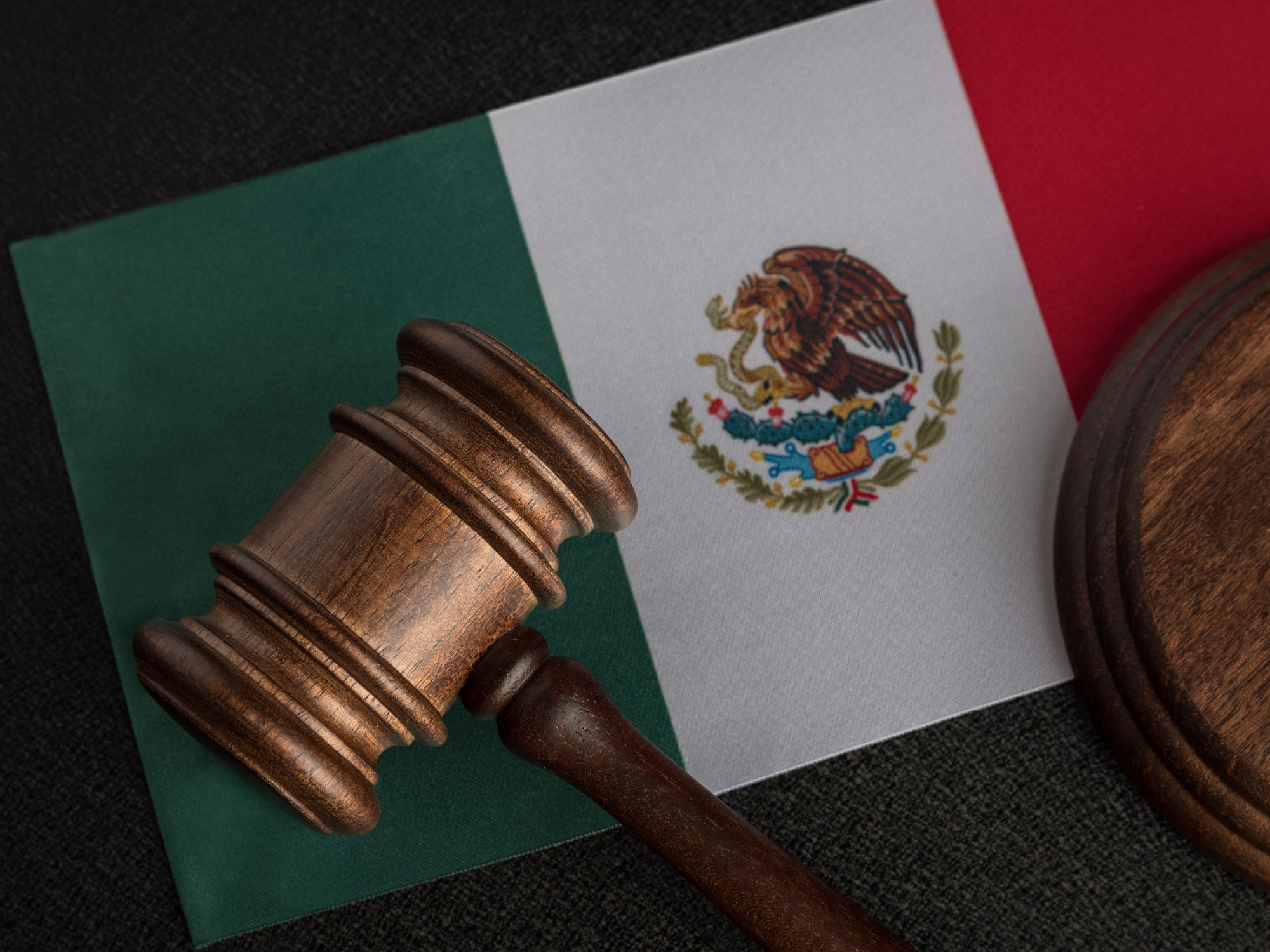Mexico’s judicial elections: democracy in the Ballot
Dalia Grinberg, Master of Public Policy student, explores Mexico’s unprecedented judicial elections, questioning whether a popular vote for judges is a democratic innovation or a step toward authoritarian consolidation under Morena’s rule.

Yesterday, 1 June, nearly 100 million Mexicans were called to the polls in what marked an unprecedented moment in the country’s history: for the first time ever, citizens were asked to vote directly for judges, magistrates and Supreme Court Justices. A total of 881 federal and 1,649 local judicial positions were up for election across 19 states, with the remaining states set to vote in 2027.
Mexico has now become the first country in the world to implement a judicial vote on this scale. While countries like the United States, Japan and Switzerland have local-level judicial elections, and Bolivia also votes for judges nationally, the Mexican case is exceptional in both its scope and its political implications.
A historic election
In Mexico, voter turnout for this historic election was alarmingly low, less than 13%. Of those who did vote, around 20% cast blank or null ballots. The reasons are clear: widespread confusion and an overwhelming number of candidates. Depending on the state, each citizen received between six and ten ballots. In total, over 7,800 candidates were competing, and some ballots listed more than 150 names on a single page. For the nine Supreme Court seats alone, there were 64 candidates.
The complexity of the election means the final results are expected to be ready in 10 days. However, based on preliminary results, it is anticipated that the three Supreme Court justices aligned with Morena (Claudia Sheinbaum and Andrés Manuel López Obrador party) – Lenia Batres, Yasmín Esquivel and Loretta Ortiz – will retain their positions.
The confusion was aggravated by political interference. On the ruling party’s side, there were allegations of distributing ‘cheat sheets’ with names of judges aligned with Morena. Meanwhile, the opposition and civil society lacked coordination. Some called for abstention, others for blank votes, and others tried to promote voting for honest, well-qualified candidates. While the latter was arguably the most constructive approach, most voters were unable to make informed decisions due to the sheer volume of candidates and the limited public understanding of judicial roles. Hardly anyone knows the difference between circuit magistrates and district judges.
A consolidation of power
This reform is part of a broader strategy that took shape during López Obrador’s administration (2018–2024). After the judiciary and opposition parties in Congress blocked several of his key initiatives, most notably the controversial electoral and energy reforms, Morena redirected its efforts toward securing full control of Congress in the 2024 elections (two thirds necessary to change the Constitution). This would pave the way for a constitutional judicial reform, according to López Obrador and his allies, which would ‘bring justice closer to the people’.
Many critics argued the true aim was to install loyalists in the judiciary and eliminate one of the last meaningful checks on executive power. In 2024, Morena secured a two-thirds supermajority in the Chamber of Deputies. In the Senate, they were just three seats short until three opposition senators defected. The most notorious case was that of Senator Miguel Ángel Yunes from the Partido Acción Nacional (PAN) party, who conveniently took a leave of absence on the day of the vote. His seat was filled by his father, who voted in favour of judicial reform, after which he returned and joined Morena’s parliamentary group. Despite claiming to be different from the PRI (the party that ruled Mexico for 70 years), Morena’s consolidation of power tells a different story.
López Obrador’s argument for this reform was a deeply populist one: the judiciary is corrupt, and therefore, only the citizens (‘el pueblo’) should have the power to elect judges in order to ensure justice. While the claim resonated with public frustration, it failed to answer a fundamental question: how would electing judges solve the problem of corruption, especially when legislators, who are also elected, have long been part of the same corrupt political landscape? There is no doubt that Mexico’s judicial system, with a 99% impunity rate, is in urgent need of reform; however, this approach does not address the root of the problem. Instead of strengthening accountability, it undermines the judiciary's independence, rendering it just another political branch.
The erosion of democratic checks
Today, Mexico finds itself under the control of a single dominant party again, with Morena and its allies holding 364 of 500 seats in the Chamber of Deputies and 24 out of 32 states. And now, with the 1 June election, they are on the brink of dismantling the last institutional counterbalance: the independent judiciary.
One could argue that Mexico has officially entered a stage of democratic backsliding. When a single party holds unchecked power across the executive, legislative and judicial branches, the foundations of democracy begin to erode. The 1 June vote was not just unprecedented, but it marked the end of Mexico’s democratic pluralism.

